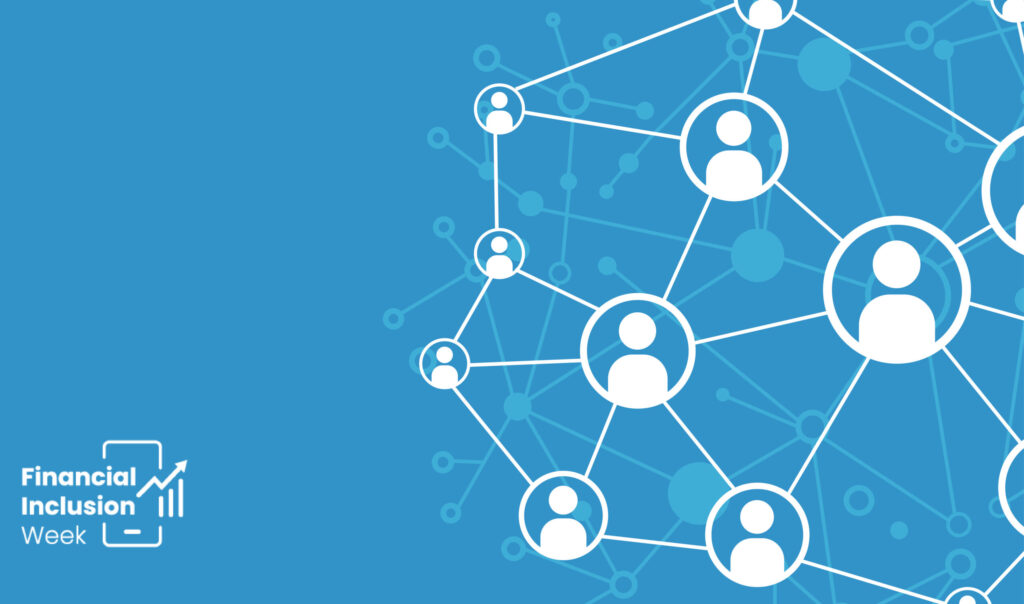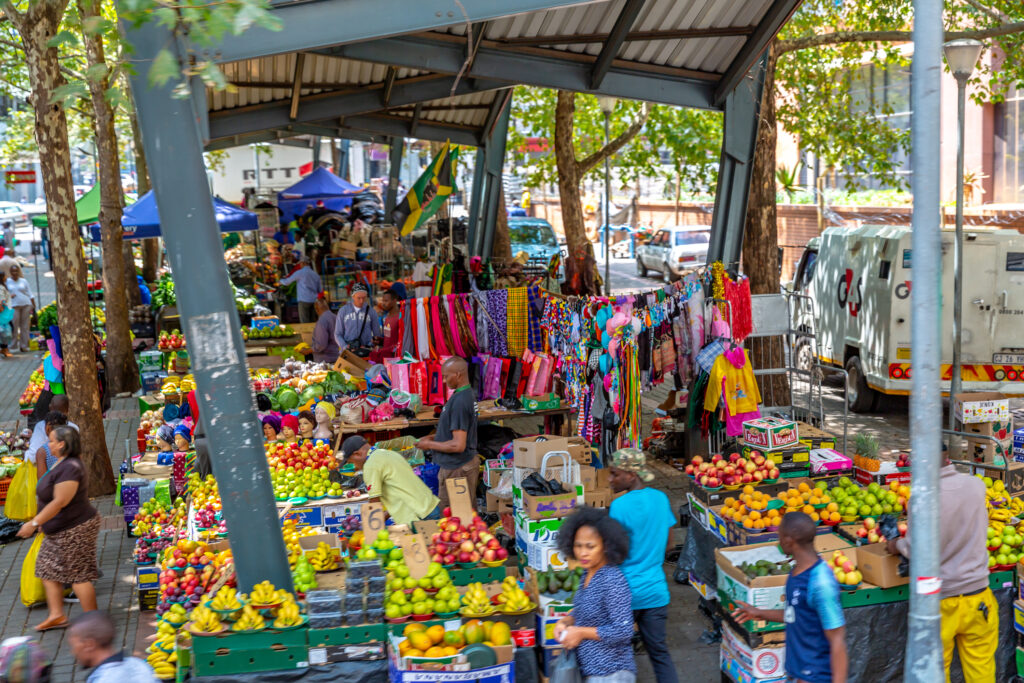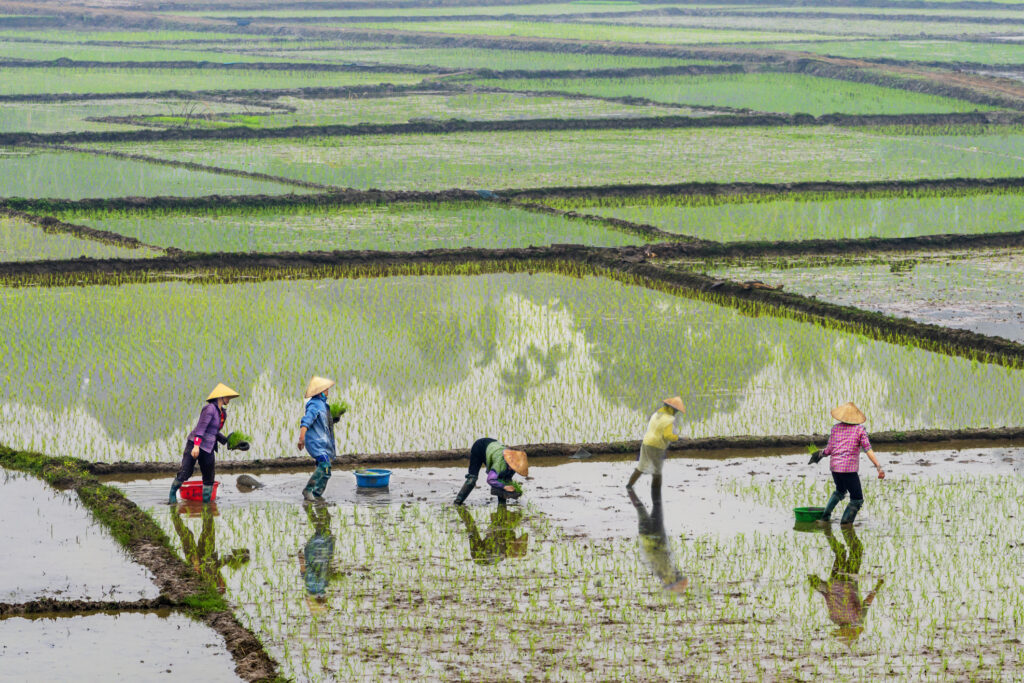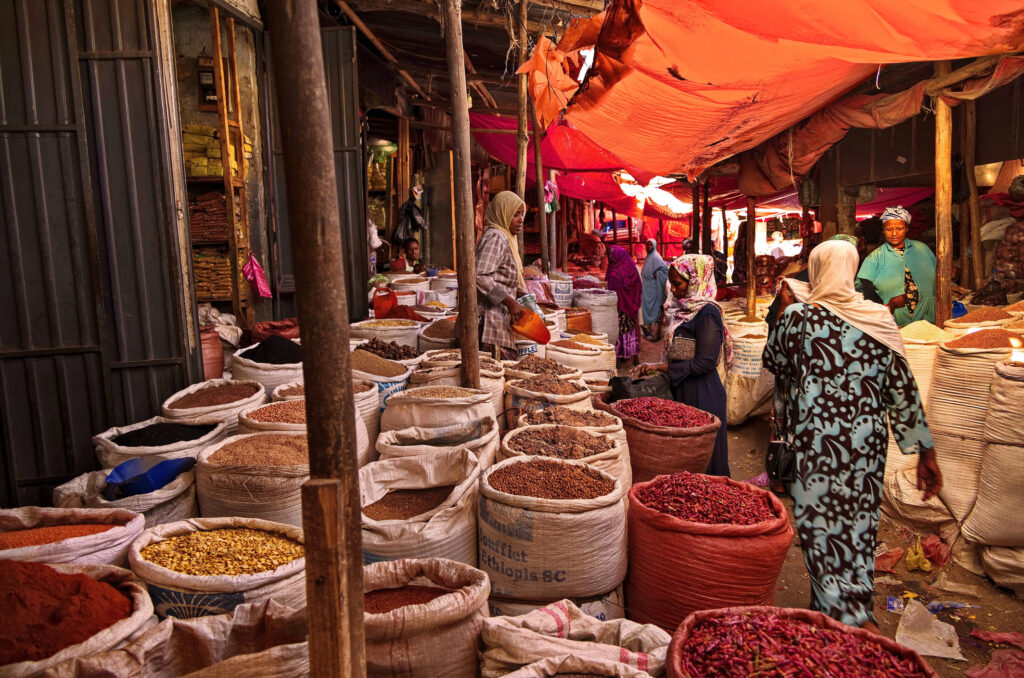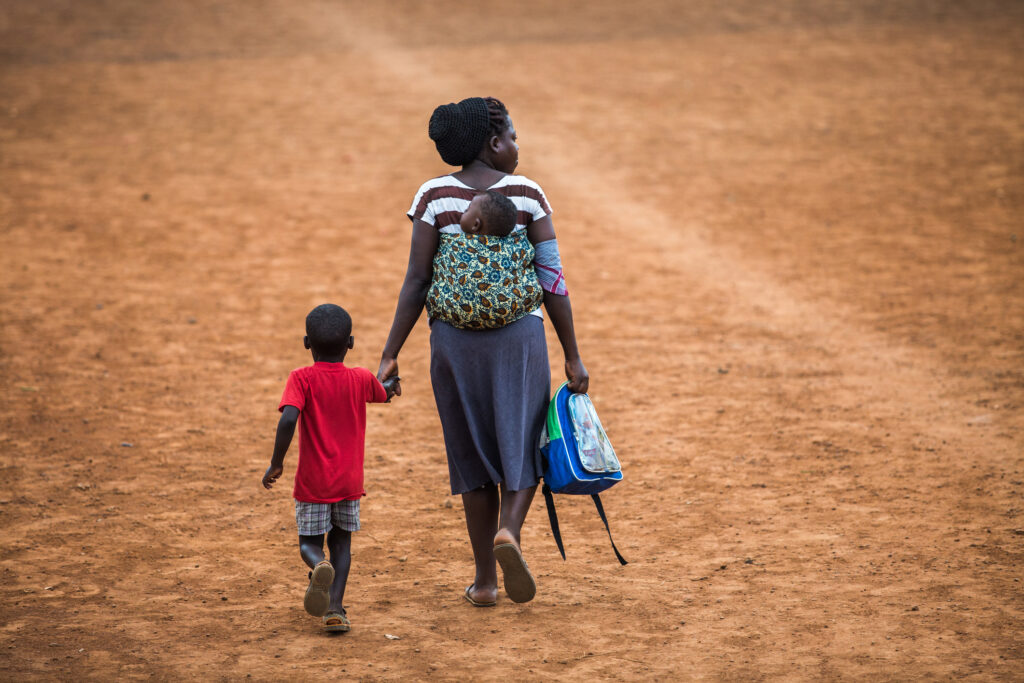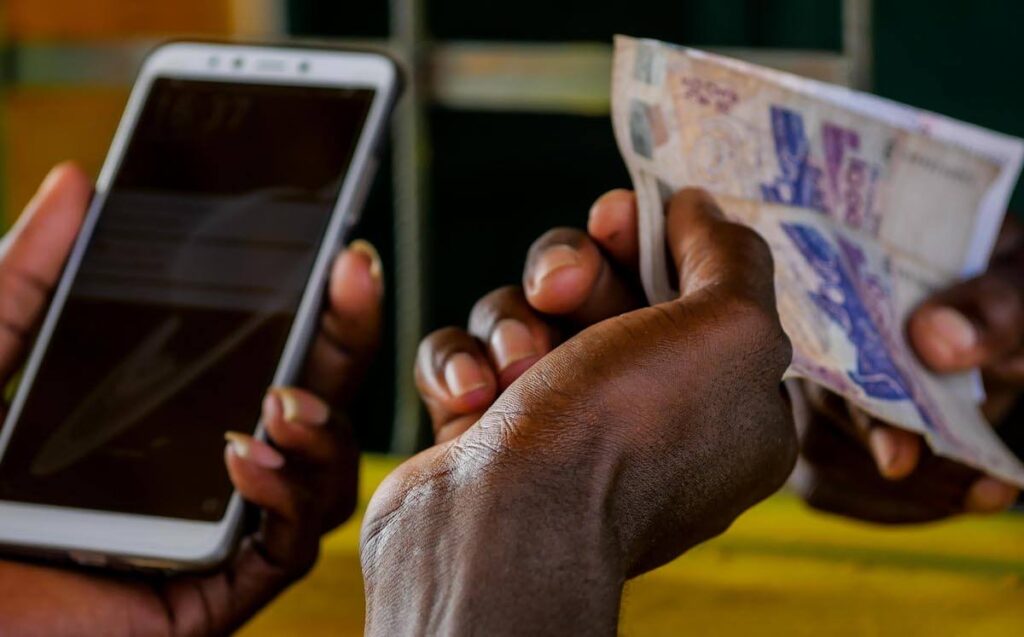
The recent acceleration in digital remittances bears out the truth of that old adage: necessity is the mother of invention. The inefficiencies are obvious in the dominant cash in, cash out over-the-counter model for formal remittances. End-to-end digitization has long been recognized as the solution to drive down costs and drive up scale. But it’s easier said than done, and the shift to digital has been slow – until COVID-19 hit. The title of a recent Forbes magazine article on the trend, “How Money Transfer Companies Squeezed Four Years of Digital Growth Into Just Two Months,” says it all. And with remittances accounting for significant shares of receiving countries’ GDP, there’s a lot at stake in keeping them flowing despite the job losses, mobility restrictions, and other pandemic-related challenges.
In the months since COVID-19 was declared a pandemic, the migration and remittance team at UNCDF has been busy gathering and analyzing survey data and sifting through applications to support scaling for digital innovations.
CFI recently caught up with two members of this team: Dr. Robin Gravesteijn and Arunjay Katakam. Gravesteijn leads UNCDF’s data analytics and research work on migration and remittances. A veteran of mobile money and payments, Katakam recently joined UNCDF as a consultant leading the team’s product innovation and learning efforts.
How has the pandemic affected migrant groups?
RG: There are three core issues. The first is limited access to remittance services in sending and receiving countries. The CEO of MoneyGram, for example, recently stated that approximately 40 percent of its locations were closed, and even more were operating on a restricted schedule. Shelter-in-place orders have affected people and businesses in virtually every country. This may improve now that some countries are opening up, but they need to open up on both sending and receiving sides.
The second part is the loss of earnings by migrants. Migrants are sometimes stuck in their host countries, they often have little social protection, and they may be excluded from COVID support packages even where those are available. In crisis situations, migrants are often the first to lose their jobs, particularly those in low-skilled, low job-security or undocumented situations.
The third part is remittances flows. There are about 60 countries where remittance flows account for more than 5 percent of GDP. In Nepal, for instance, remittance flows exceed 25 percent of GDP.
Access to services, loss of earnings and remittance flow amounts are three core issues during COVID-19.
AK: Before the COVID-19 outbreak, official global remittance flows were on the rise, reaching a record $550 billion, exceeding global direct investments. With the pandemic, the World Bank predicts remittances will fall by 20 percent. This loss of income is a serious blow not only to receiving-country economies but to migrants’ families: in many cases, they rely on those remittances to meet basic needs for food, shelter, and healthcare.
Seventy-six percent of respondents in your survey of CEOs of remittance providers noted that limited access due to lockdowns was a challenge faced by migrants. Are you seeing a change in access now that countries and services are reopening?
RG: We’re already seeing the impact on cash-based and agent-led remittances due to the shift to digital. From our survey, we understand that for the majority of remittance service providers (RSPs), reinforcing remittances through mobile wallets and online banking has been crucial. Sixty-four percent of the responding RSPs said they will scale or pilot digital channels. And for example, Western Union and MoneyGram have taken significant steps in this regard. Moneygram’s digital remittance growth more than doubled in June; World Remit has seen a 150 percent growth in new customer activations in the months of March and April 2020. Digital-only services like Remitly and Azimo have reported month-over-month doubling in new-customer acquisitions. Before COVID, Vodafone MPAiSA Fiji did 6,500 transactions – almost $1 million dollars – per month. That’s increased to 22,000 transactions per month and $3.1 million in volume.
What aspects of the digital ecosystem do you see as the most pressing for digital adoption? What should be the priority for remittance service providers and policymakers?
RG: Although digital solutions are growing, they’re only recently becoming available in developing countries, so regulators need to promote the termination of remittances in digital channels by promoting partnerships and interoperability. Other policy priorities might include a tiered system for rules regarding AML/CFT (anti-money laundering/countering the financing of terrorism) so that we don’t subject, say, a housekeeper or a taxi driver sending $50 back home to the same level of scrutiny as someone sending $50,000. Electronic Know-Your-Customer (e-KYC) policies would also help; e-KYC would make it easier and faster for migrants to open digital accounts and conduct transactions.
On the provider side, one key is investing in product design so that digital remittance services are accessible and convenient for migrants, and so they can trust the service. Digital remittances are faster, cheaper, and more transparent than cash-based or agent-led solutions. They’re also less sensitive to lockdowns. But none of that matters until the actual prospective users understand the advantages and trust the system enough to move beyond the tried and true. The product design must inspire confidence, not only confirming that the sender’s transaction went through, but also so that the recipient confirms quickly and says, “I can see the money.”
Product design must inspire confidence and confirm transactions quickly to gain users’ trust.
Another very important product design priority is gender responsiveness: women are the majority of both senders and receivers in many countries, so marketing and user experience design should be gender aware.
Providers also need to embrace digital and financial literacy efforts. This goes beyond traditional marketing toward a broader based effort to ensure that the shift to digital economies leaves no one behind. Digital and financial literacy means that customers understand what’s available, know what’s beneficial to them, feel confident using it, and have access and everything else necessary to actually do so. Achieving that fully is both a demand- and a supply-side issue.
UNCDF recently put out a request for applications to “support partners in the development or expansion of digital remittance channels, strengthening digital use-cases, and developing products or services that strengthen the financial resilience of migrants and their families.” Can you tell us about the applicants who will partner with UNCDF? What would you like to see them achieve?
AK: We received 66 applications, with 44 going to the second round. The application quality is excellent. Ones that stand out include a remittance-linked product for low-income migrant women, a superapp for migrants, and those that explore alternative revenue models. There are also several applications targeting Senegal, Ethiopia, Nepal, Bangladesh and Myanmar, where innovation is needed most.
Also, as migration trends are moving intra-regional – more than 60 percent of migrants from ASEAN and Africa are moving within those regions – we also requested applications with an impact on regional mobility and portability of financial services.
You mentioned at the end of this post that innovative ideas and approaches are desperately needed to keep the remittances lifeline flowing. In addition to your applicants, what are some of the best examples of innovation you’ve seen over the past few months?
AK: AXA and Merchant Trade, who have provided health insurance for migrants, are a great example. Another is AXA and Western Union, who have joined forces to offer insurance products. These two large companies have a big customer base and global footprint, so their involvement has impact.
Governments have also proactively taken steps to improve the flow of remittances. Pakistan has waived a tax on cash withdrawals of remittances received into bank accounts. It has also lowered the transfer fees on in-bound remittances of between $100 and $200, and stepped in to reduce the lag time between when money hits the bank and when that money is available to the customer. Bangladesh also took steps in July 2019 to provide 2 percent incentives on remittances sent directly to bank accounts. The ceiling on these deposits had been $1,500, now, in light of the crisis, it’s $5,000.
Another way to ease the burden for migrants is lowering transaction costs. How can RSPs lower transaction costs during these challenging times and remain solvent? Which actors need to step in and how?
RG: There’s the immediate issue and the longer range one. In the immediate term, definitely, the pandemic has put huge pressure on RSPs. They’re hardly the only sector affected, of course: we’ve all watched as retailers declare bankruptcy and entire industries lose almost all their revenue. Our survey has shown that half the RSPs will be in financial trouble if the crisis goes beyond six months. Where countries are designing policy responses based on “essential business” designations, certainly it would help if RSPs were recognized as the essential businesses they are, considering the low-income and vulnerable populations they serve. In the longer term, since 2009, there has been the SDG target of reducing transaction costs of remittances from 10 percent to 3 percent by 2030. One important step to achieve this is to facilitate market competition; another is to pick up the pace of digitization. Those issues are related.
Half of RSPs will be in financial trouble if the crisis goes beyond six months.
AK: Transaction costs for migrants – globally, on average – were 8.7 percent in 2010, 7.7 percent in 2015, and 6.8 percent in the first quarter of 2020. The key to lowering these costs is, again, digitization.
There hasn’t been investment in driving that adoption, which requires a lot of financial education, incentives and behavior changes. Recently, a lot of investment has been made, and due to pandemic-related movement restrictions and changing circumstances, adoption has been greater. The two biggest providers – Western Union and MoneyGram — have squeezed in four years of growth of adoption of digital channels into just two months. We expect this growth to continue and drive transaction costs lower.
The request for applications sought “products supporting the financial resilience and well-being of migrants and their families – microinsurance, micropension, microcredit for access to education, energy, health, water, and livelihood purposes.” What’s the interplay between inclusive financial services and remittance solutions? How do they support one another?
AK: On the recipient side, adding services beyond remittances is critical. In credit, this means moving from asset-based lending to cash-flow-based lending, where RSPs can see what the remittance flows are and make decisions on emergency loans. Remittance providers are well-positioned to do that. In savings, you can’t provide a remittances-linked savings account if the remittance transfer is cash-based. You need digitized products to allow people to save some portion of an inbound remittance. If it’s cash-based, and they withdraw the whole remittance and take it as cash, they’re not going to put some back in as savings, even in the unlikely event that that is even an option. They need a digital account where they can withdraw, as cash, only what they need right away and leave the rest as savings.
You can’t provide a remittances-linked savings account if the remittance transfer is cash-based.
Insurance is another example. A Ghanaian taxi driver in Washington, D.C., might need to pay for a funeral back home. Once he does that, the taxi driver is not left with much, yet as the breadwinner, he is expected to provide when there is a funeral. If he can take out a funeral policy, that would help.
Also, many sending countries have pension plans: employers are mandated to contribute to them, even if the migrant does not. The migrants are often not even aware. If migrants get access to those, they can remit it home when they leave for good.
RG: These examples illustrate why remittances are valuable for a variety of SDGs. They supplement incomes for households, but they’re often used to pay medical expenses for health, tuition for education, business and enterprise growth, not to mention the gender equality and empowerment component.

